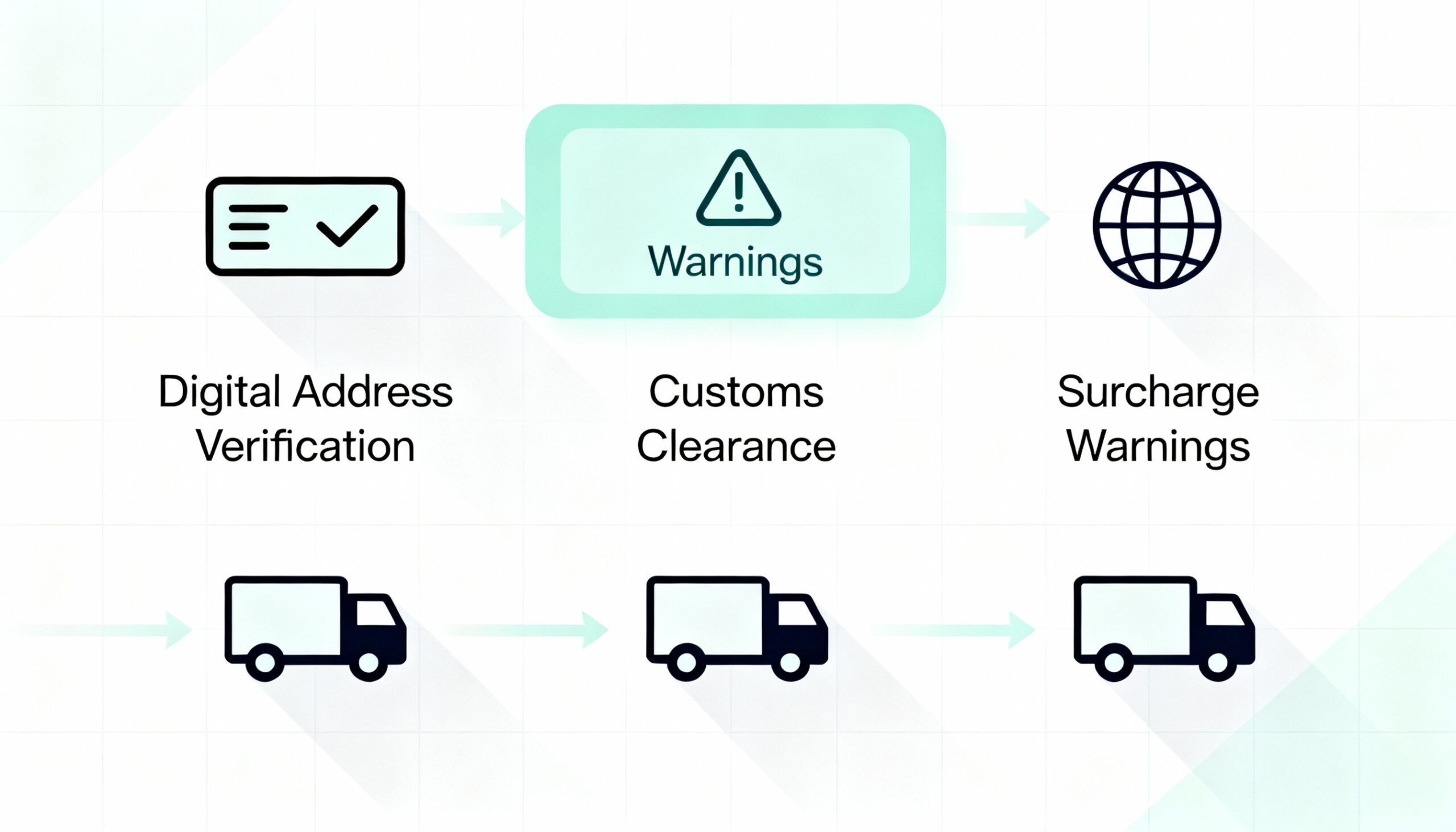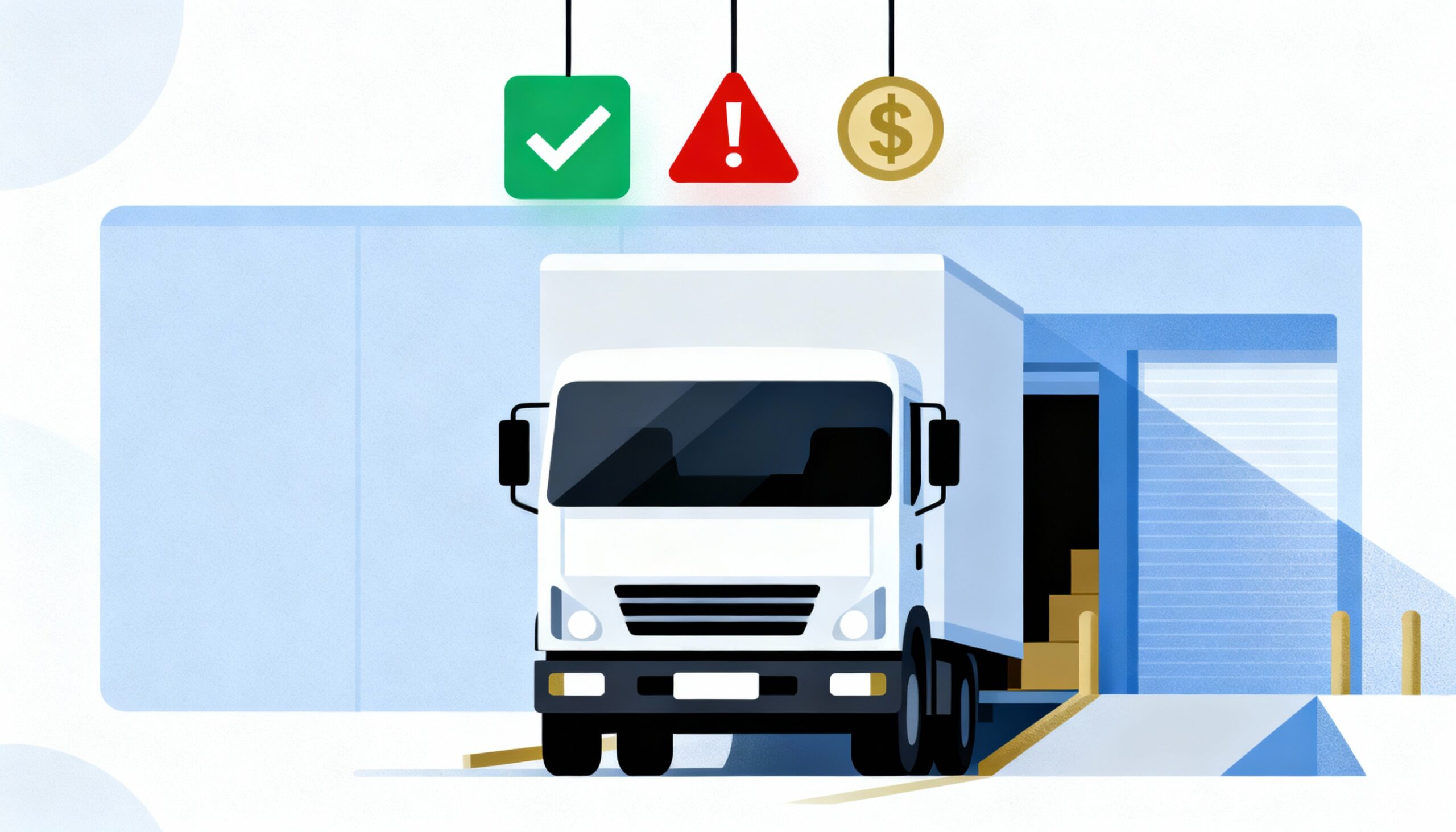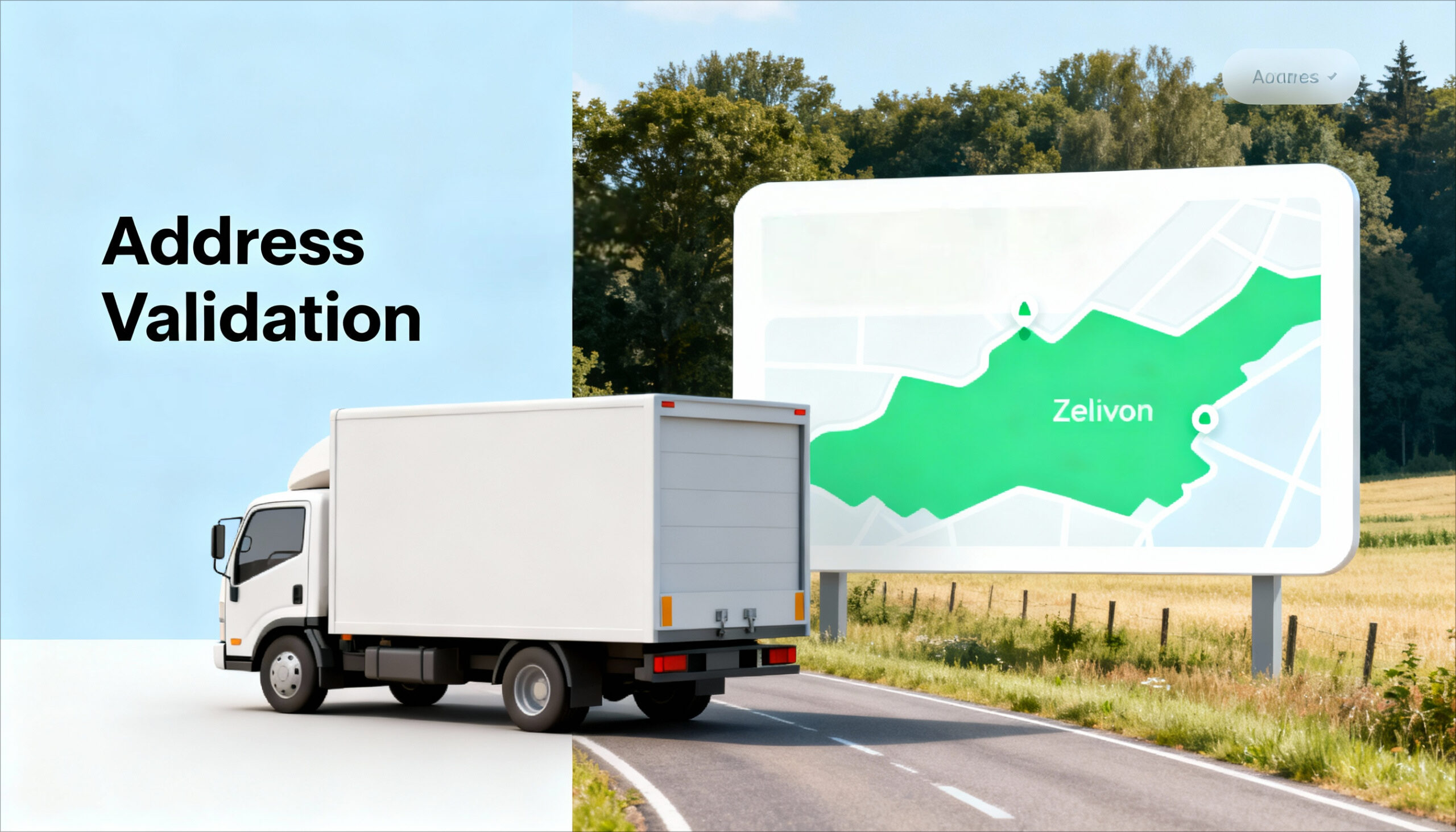Been talking to logistics leads at a dozen DTC brands this week.
They’re all getting blindsided by the same hidden fees on their carrier invoices.
Real talk: it’s not the fuel surcharges that are killing their margins. It’s the small, preventable errors.
Your fulfillment process is leaking money. These five address errors are the culprits.
Here’s the thing: these aren’t complex problems. These are holes you can plug today.
Let’s break down where those hidden costs are coming from.
First, you’re treating every address as equal.
Carriers charge a premium for less accessible locations, but you’re probably paying remote area fees without realizing it.
That’s an extra $5 to $35 per shipment straight out of your margin.
It adds up. Fast.
This is a “death by a thousand cuts” situation.
The move? Validate every address against carrier remote area lists before you ship.
Next, your address formats are causing customs delays.
Simple errors in postal codes or province formats mean your packages get flagged and held at the border. This isn’t just an annoyance, it’s a cash drain.
We’ve seen businesses lose thousands because goods were held at customs for weeks due to paperwork errors.
Incorrect address formatting is a primary paperwork error. Imagine your inventory just sitting there, not making you money.
The fix is to use a system that automatically standardizes addresses to the local format of the destination country.
You’re also shipping to addresses that don’t exist.
Sending a package to an invalid address guarantees a return. You’re hit with the original shipping cost, return fees, and potential surcharges.
That’s a double whammy for your bottom line.
Plus, any customs duties and taxes—which can be 2% to 4% of the shipment value—are totally lost on a failed delivery.
The solution is real-time address verification at checkout. Stop the bad data before it even enters your system.
Another one: you’re misclassifying residential and commercial addresses.
Carriers ding you for residential deliveries. If you don’t know the difference, you’re getting slapped with “Residential Surcharge” fees after the fact.
It’s another way your invoice gets bumped up unexpectedly.
These surcharges are just another layer of unpredictable cost eating your margins, much like the 5% to 15% fuel surcharges you already watch.
The move is to integrate a tool that can classify an address as residential or commercial during the validation process.
Finally, you’re getting blindsided by geopolitical fees you could have planned for.
The world’s messy, but your data doesn’t have to be.
New tariffs and regulations are creating new fees. Think about the emerging “ETS Surcharge” on ocean freight or the “tariff surcharges” added to fixed-price agreements.
These are real costs that hit your P&L.
While not a direct address error, having clean shipping data lets you spot and plan for these hits.
Clean, validated address data is the foundation. It’s what lets you map your supply chain and optimize routes to avoid these risks.
So, what’s the actual move here?
It all comes back to the data you collect at the point of purchase.
Clean, validated address data is how you avoid these preventable fees.
Stop letting bad data drain your budget.
Fix your address validation process.
Go do it today.





